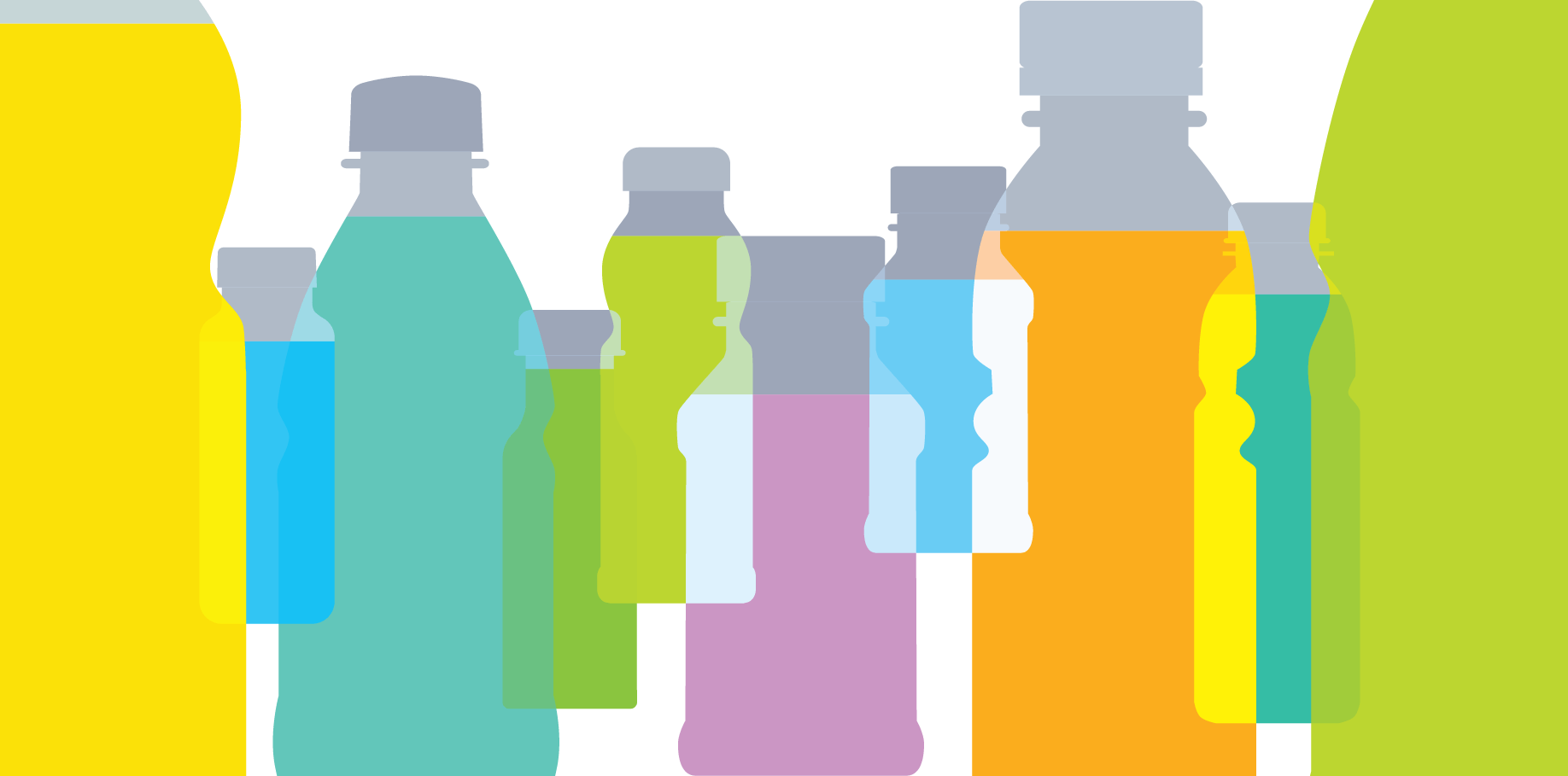Broadly-speaking, there are two types of taxes - direct and indirect.
Direct taxes are levied on the income, profits, and capital gains of individuals or companies.
Indirect taxes are levied on the consumption of goods and services (i.e., on spending).
Indirect taxes include excise taxes, import taxes (also known as duties or tariffs), value-added tax (VAT) or goods and services tax (GST), and sales taxes.
👉 Hover over each tax type to learn more
All four of these instruments have been used in SSB taxes.
Though, most SSB taxes are excise taxes (87%).
Excise taxes are considered the most effective instrument for health taxes because they can target unhealthy products and raise their prices relative to other goods and services.
A tax that creates a price differential between SSBs and healthier substitutes (such as unsweetened bottled water) can change demand for, and supply of, these products.
Not all excise taxes are introduced, or aligned, with health goals, however. Some excise taxes are applied to all non-alcoholic beverages, whether sweetened or not. These taxes are less likely to shift supply and demand towards healthier substitutes.
Eight Small Island Developing States, including Bermuda, apply import taxes on SSB as public health measures aimed at reducing consumption.
Six countries, including Spain, have implemented GST/VAT reforms that apply a higher rate to SSBs than healthier substitutes.
Two subnational jurisdictions in North America target SSB with higher sales taxes than on other foods and beverages: the Navajo Nation in the USA and the Province of British Columbia in Canada.
Given that excise taxes make up the majority of SSB taxes worldwide, the remainder of this story focuses on these taxes.
Excise taxes can be applied as specific, ad valorem, or mixed (hybrid) taxes.
Specific excise taxes are levied as fixed amounts based on some measure of consumption. With SSB taxes, tax liability can be determined based on sugar content, product volume, or a combination of the two.
Excise taxes based on sugar content are widely recommended because they create supply- and demand-side incentives to shift to lower- or zero-sugar substitutes. However, just 4 countries apply purely sugar-specific SSB taxes: Botswana, Cook Islands, Mauritius, and South Africa.
Two countries - Poland and Sri Lanka - apply hybrid taxes based on a combination of sugar and volume.
Most specific excise taxes are based on volume.
Ad valorem excise taxes are levied based on a percentage of the value of the product.
Mixed, or hybrid, excise taxes include both specific and ad valorem components.
Examples include Mexico and Ecuador’s taxes.
Excise taxes can be applied at a uniform (constant or linear) rate or using differential (tiered) rates, with or without a tax-free threshold (sugar content level below which no tax is paid).
More than half of current SSB taxes are tiered.
Uniform taxes apply at a single rate across all taxable products, irrespective of product characteristics. Examples include Malaysia’s volume-based tax and South Africa’s linear sugar-specific Health Promotion Levy.
One third of tiered excise taxes apply differential rates defined by sugar content thresholds.
Three quarters of tiered taxes include tiers based on beverage type, with most jurisdictions using the World Customs Organization Harmonized Commodity Description and Coding System (HS) nomenclature to define beverage categories.
Typically, higher rates apply to energy drinks, carbonates, and liquid and powder concentrates that can be reconstituted into SSBs, while lower rates apply to fruit juices, milk-based drinks, and low-calorie sweetened beverages (also referred to as diet, non-sugar, or artificially sweetened beverages).
Some taxes include tiers based on place of manufacture (domestic versus imported products), or, in the case of the Philippines, type of sweetener used.
